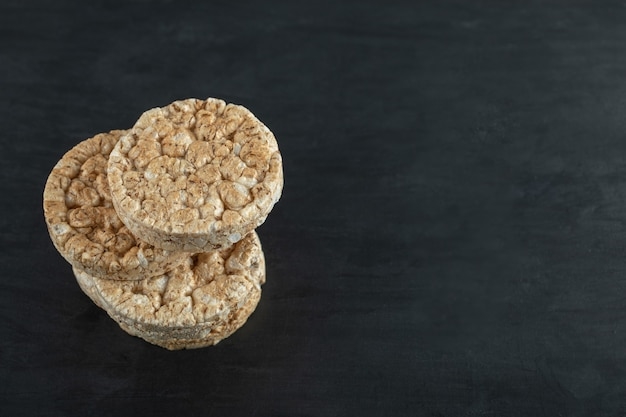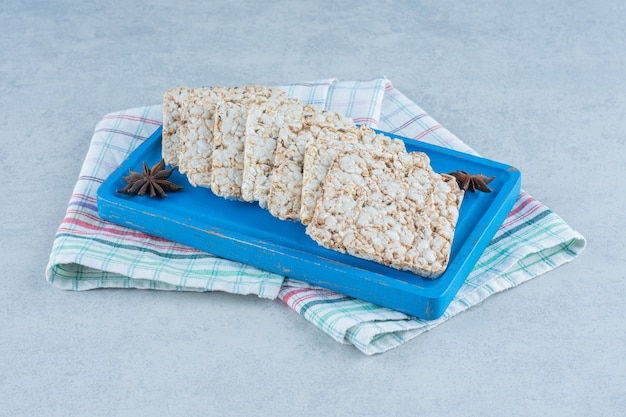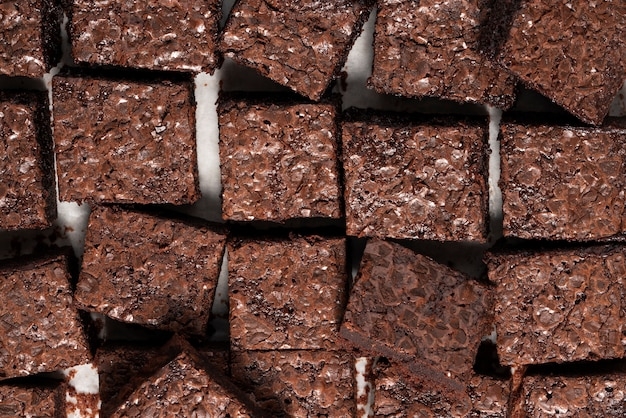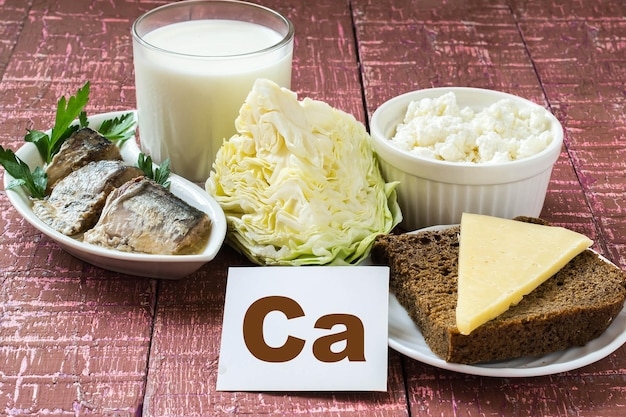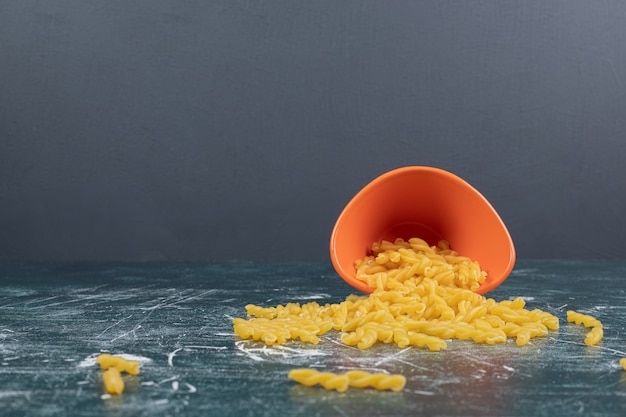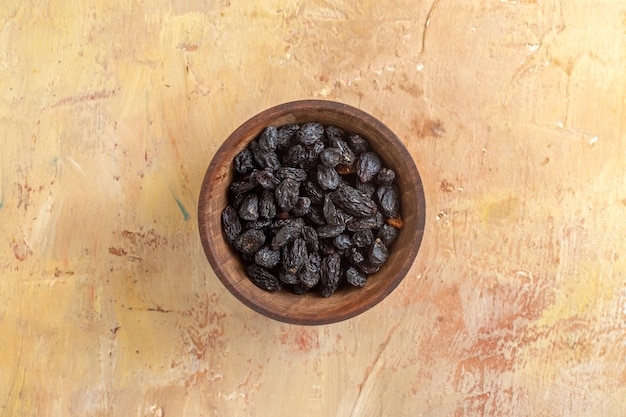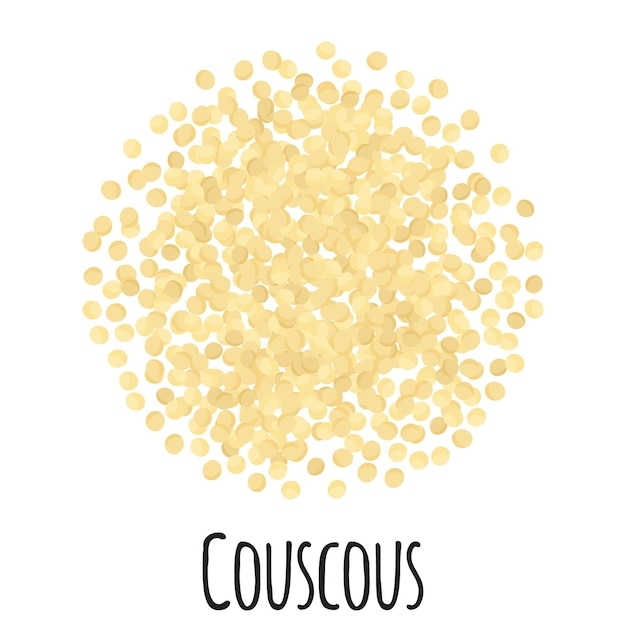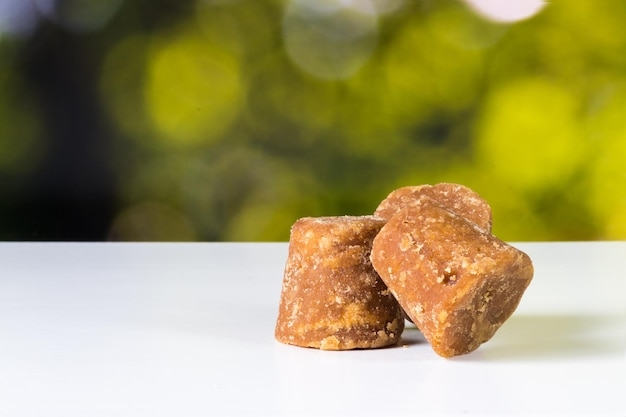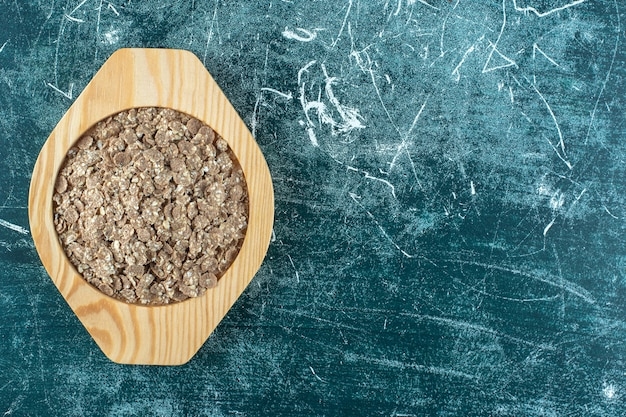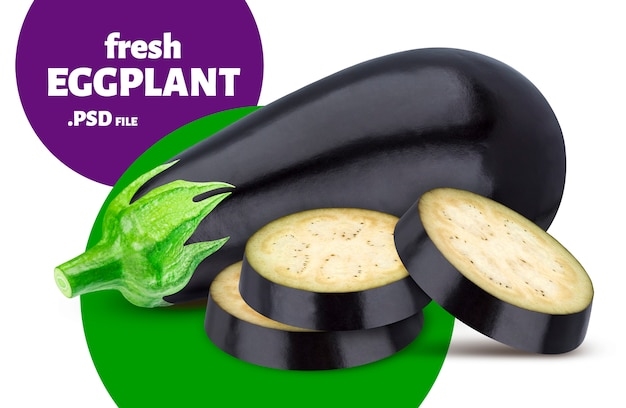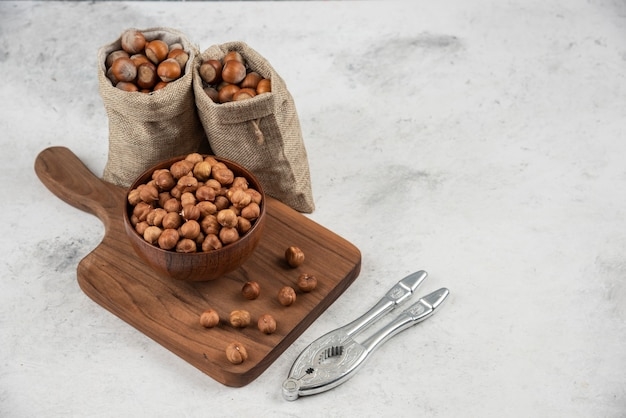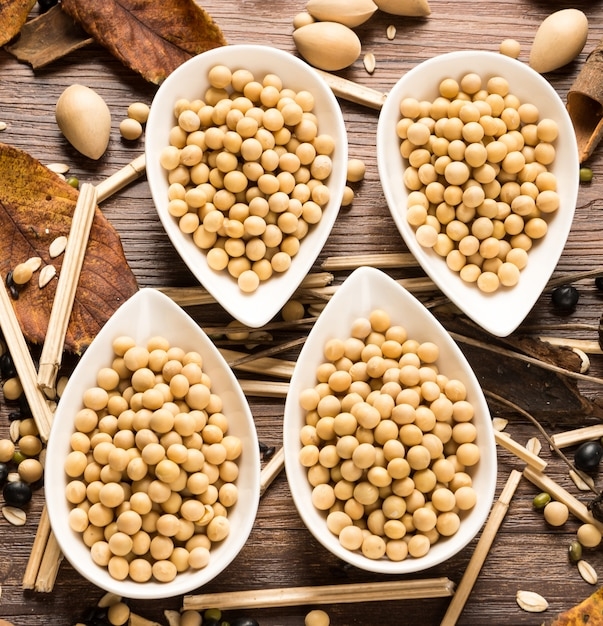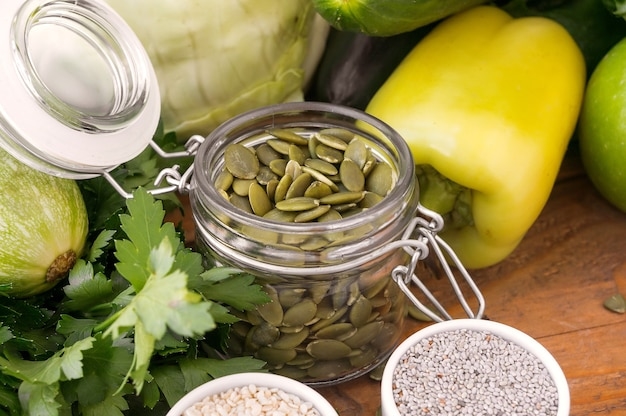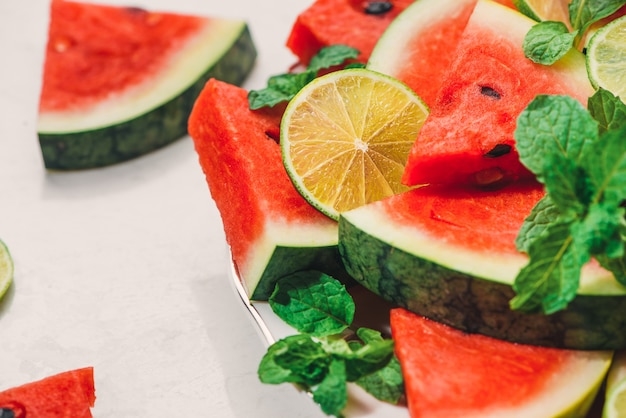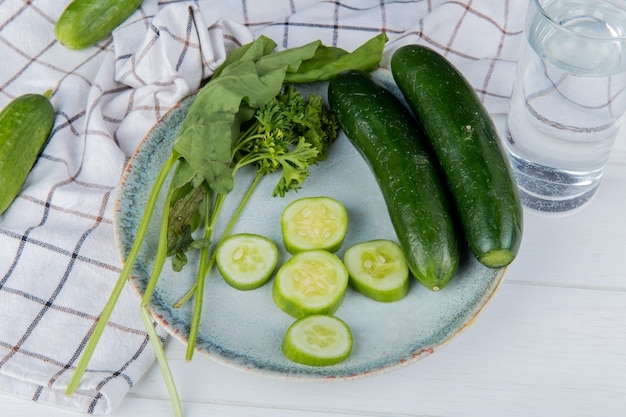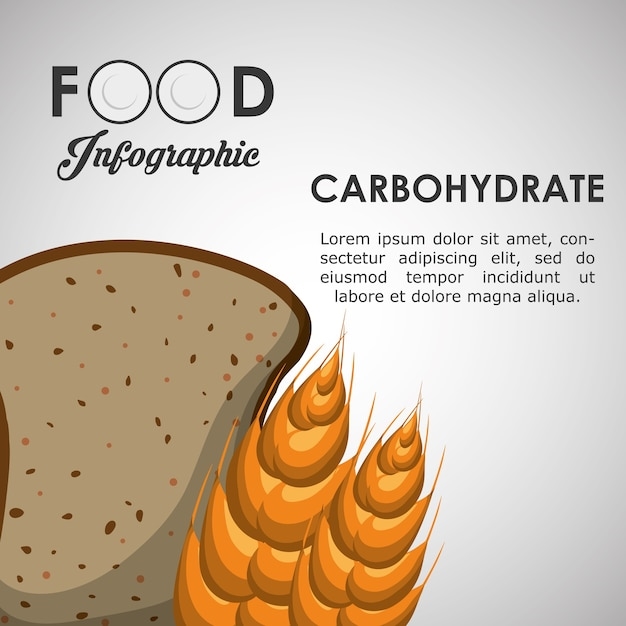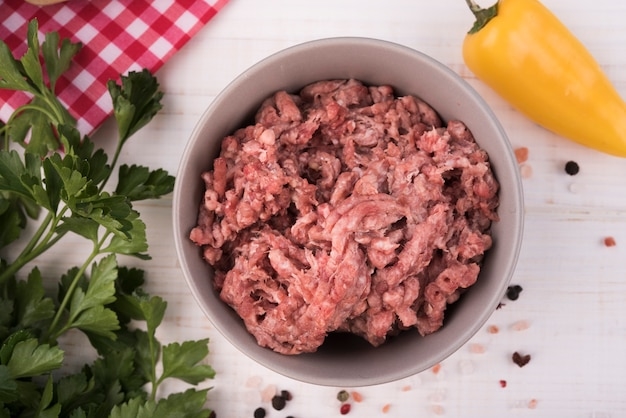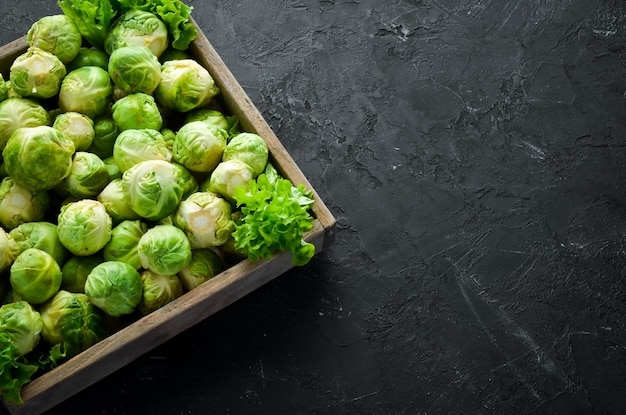Introduction
Greek Spanakopita is a delicious savory pastry that originated in Greece. It is made with spinach and feta cheese, encased in layers of crispy phyllo pastry. Spanakopita is a popular dish in Greece and is enjoyed all over the world. In addition to being delicious, Greek Spanakopita is also a good source of protein, calcium, and iron. In this article, we will take a closer look at the nutritional content of Greek Spanakopita.
Nutritional Content of Greek Spanakopita per 100g
When it comes to nutrition, Greek Spanakopita is packed with goodness. Let’s take a look at the nutritional content of Greek Spanakopita per 100g:
Protein
One of the key nutritional benefits of Greek Spanakopita is its protein content. Protein is essential for building and repairing tissues in the body and is especially important for athletes and people who exercise regularly.
– Protein content per 100g: 8g
Calcium
Calcium is an essential mineral that plays a vital role in the development and maintenance of healthy bones and teeth. A diet rich in calcium is essential for people of all ages, especially children and teenagers.
– Calcium content per 100g: 150mg
Iron
Iron is a mineral that is essential for the production of red blood cells in the body. It is especially important for women, who require more iron during pregnancy and menstruation.
– Iron content per 100g: 2mg
Health Benefits of Greek Spanakopita
Greek Spanakopita is not only delicious but also offers a range of health benefits. Here are some of the top health benefits of Greek Spanakopita:
Good Source of Antioxidants
Greek Spanakopita is made with spinach, which is a rich source of antioxidants. Antioxidants are compounds that protect the body from damage caused by free radicals, which are unstable molecules that can cause damage to cells.
Heart-Healthy
Greek Spanakopita is made with olive oil, which is a heart-healthy oil rich in monounsaturated fats. Monounsaturated fats are known to help lower cholesterol levels and reduce the risk of heart disease.
Helps to Maintain Healthy Bones
Greek Spanakopita is a good source of calcium, which is important for maintaining healthy bones. Eating foods rich in calcium, like Greek Spanakopita, can help to prevent the onset of osteoporosis and other bone-related diseases.
May Help with Weight Loss
Greek Spanakopita is relatively low in calories, making it a great option for people who are trying to lose weight. In addition, the high protein content of Greek Spanakopita can help to keep you feeling full for longer, reducing the likelihood of overeating.
FAQs
1. Can I freeze Greek Spanakopita?
Yes, you can freeze Greek Spanakopita. Be sure to wrap it in plastic wrap or aluminum foil before freezing.
2. Is Greek Spanakopita healthy?
Yes, Greek Spanakopita is a healthy dish that is packed with vitamins and minerals. It is also relatively low in calories, making it a good choice for people who are watching their weight.
3. How many calories are in Greek Spanakopita?
The number of calories in Greek Spanakopita can vary depending on the recipe and the size of the serving. On average, a serving of Greek Spanakopita contains around 250-300 calories.
4. Can I make Greek Spanakopita ahead of time?
Yes, you can make Greek Spanakopita ahead of time. It is best to store it in an airtight container in the refrigerator until you are ready to serve it.
5. What is phyllo pastry?
Phyllo pastry is a thin, flaky pastry that is commonly used in Greek and Mediterranean cuisine. It is made by rolling out dough until it is paper-thin and then layering it to create a flaky texture.
6. Can I substitute spinach with other vegetables in Greek Spanakopita?
While spinach is the traditional vegetable used in Greek Spanakopita, you can certainly experiment with other vegetables. Some good options include kale, chard, and broccoli.
7. What is the best way to reheat Greek Spanakopita?
The best way to reheat Greek Spanakopita is in the oven. Simply preheat your oven to 350 degrees Fahrenheit and bake the Spanakopita for around 10-15 minutes, or until heated through.
8. Can I make Greek Spanakopita without feta cheese?
Yes, you can make Greek Spanakopita without feta cheese. Simply substitute the feta with another type of cheese, like ricotta or mozzarella.
9. Can I make Greek Spanakopita gluten-free?
Yes, you can make Greek Spanakopita gluten-free by using gluten-free phyllo pastry. You can also experiment with other types of gluten-free flours, like almond flour or rice flour.
10. What is the best way to serve Greek Spanakopita?
Greek Spanakopita is a versatile dish that can be served in a variety of ways. Some good options include as an appetizer, as a side dish, or as a main course with a Greek salad on the side.
Conclusion
Greek Spanakopita is a delicious and healthy dish that is packed with goodness. Whether you are looking for a tasty appetizer, a side dish, or a main course, Greek Spanakopita is sure to satisfy. Be sure to give it a try and enjoy all of the wonderful health benefits that it has to offer!
